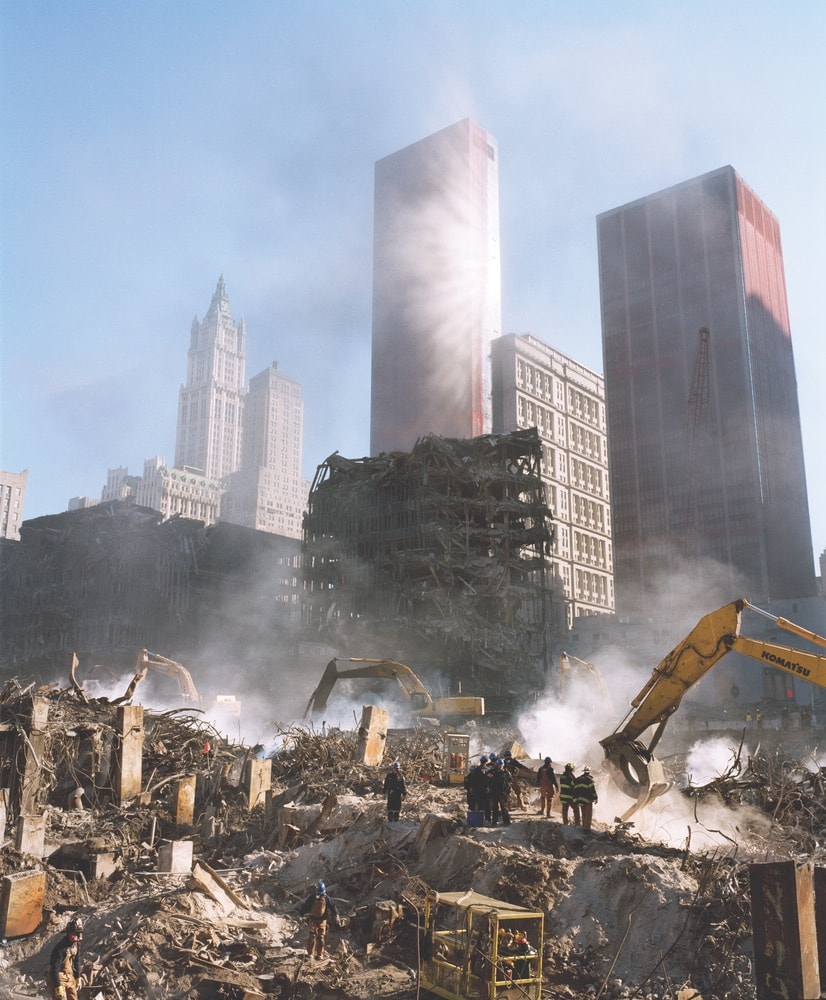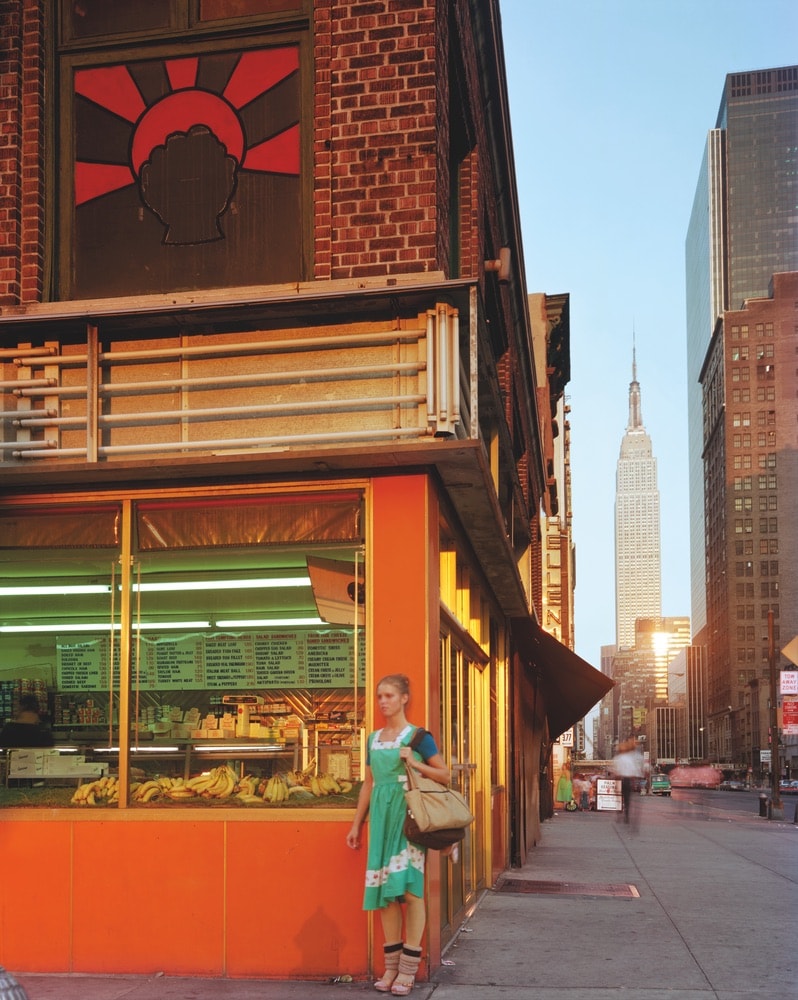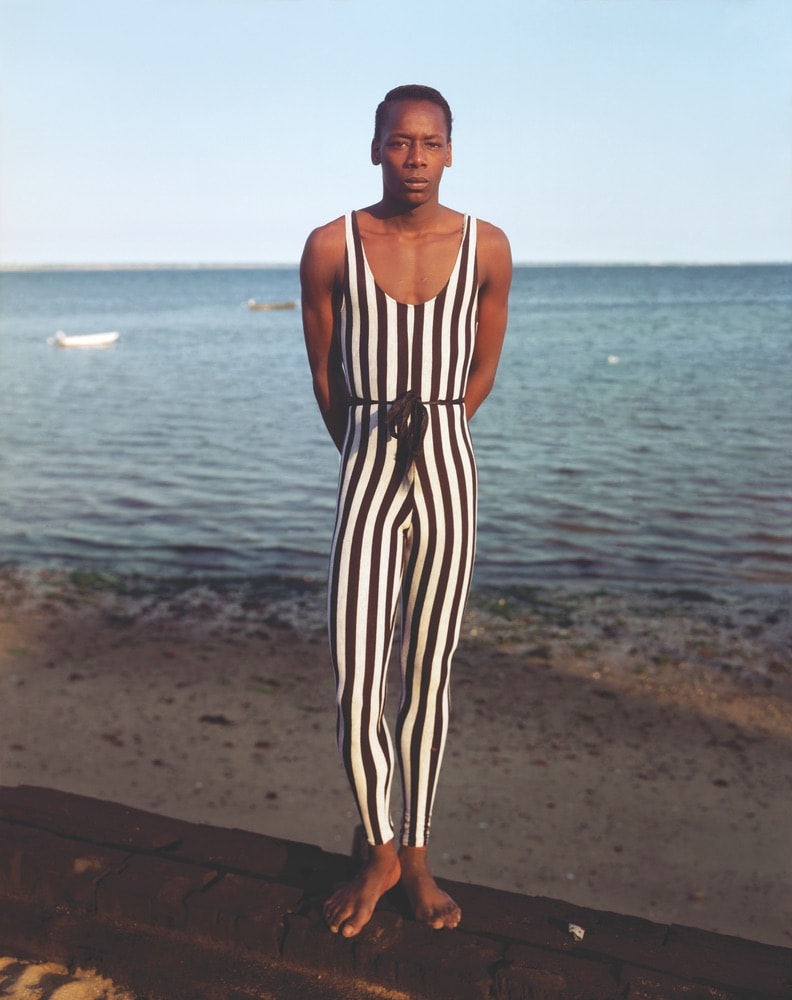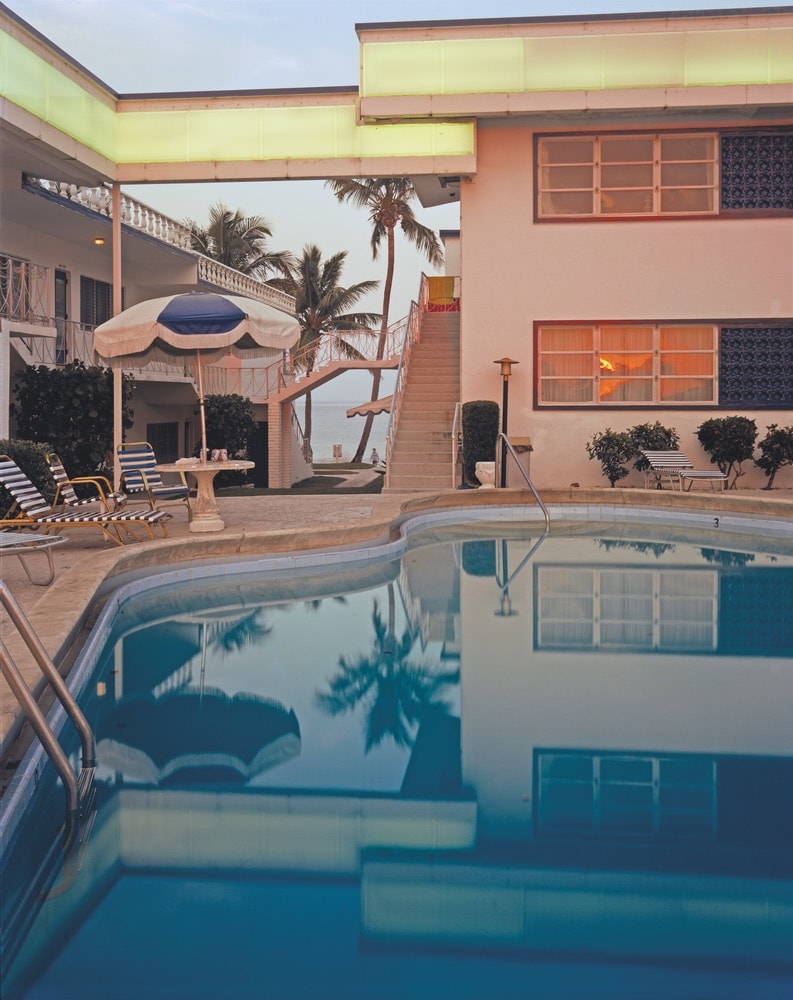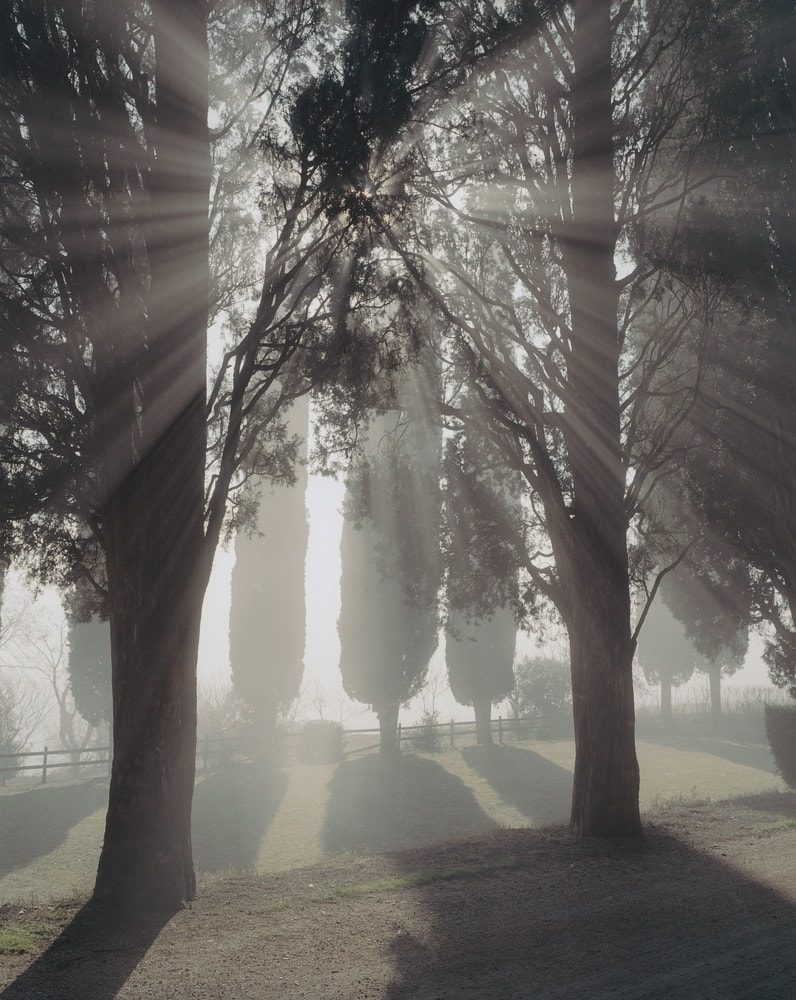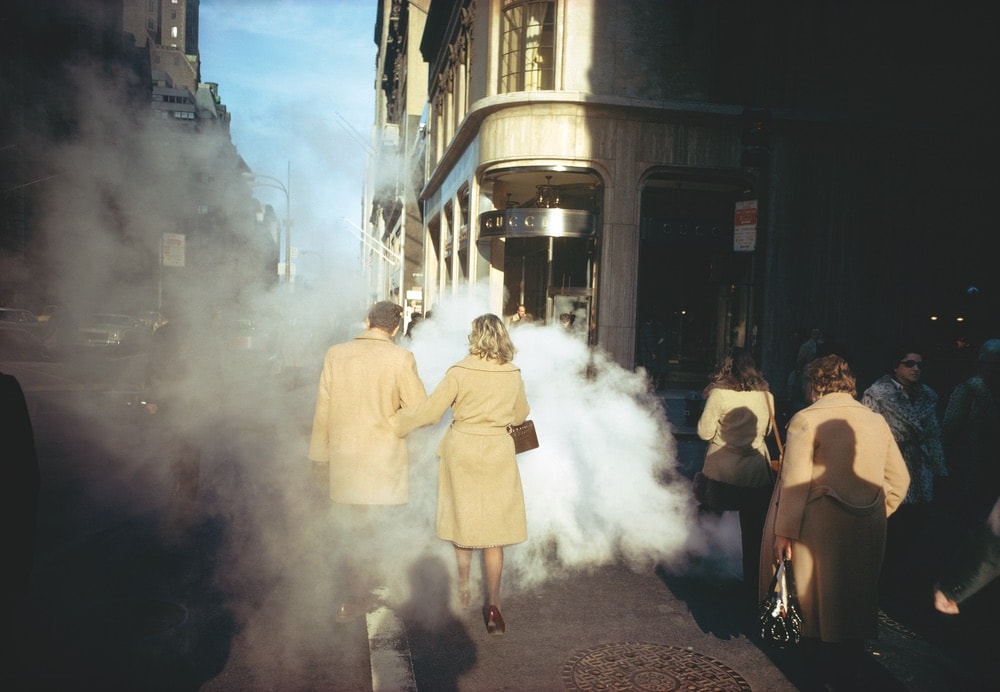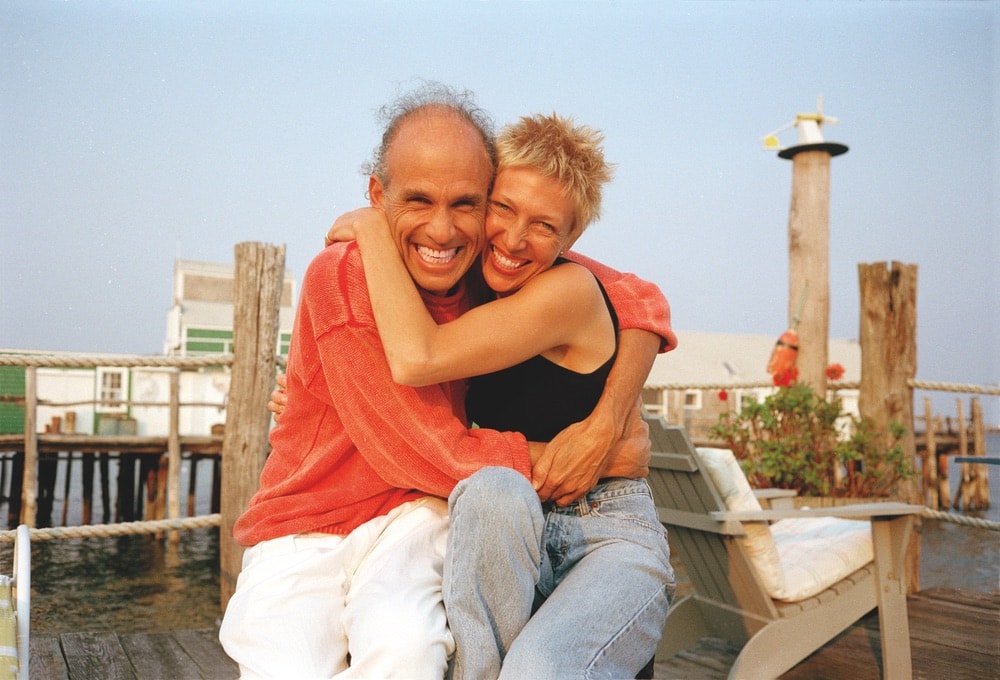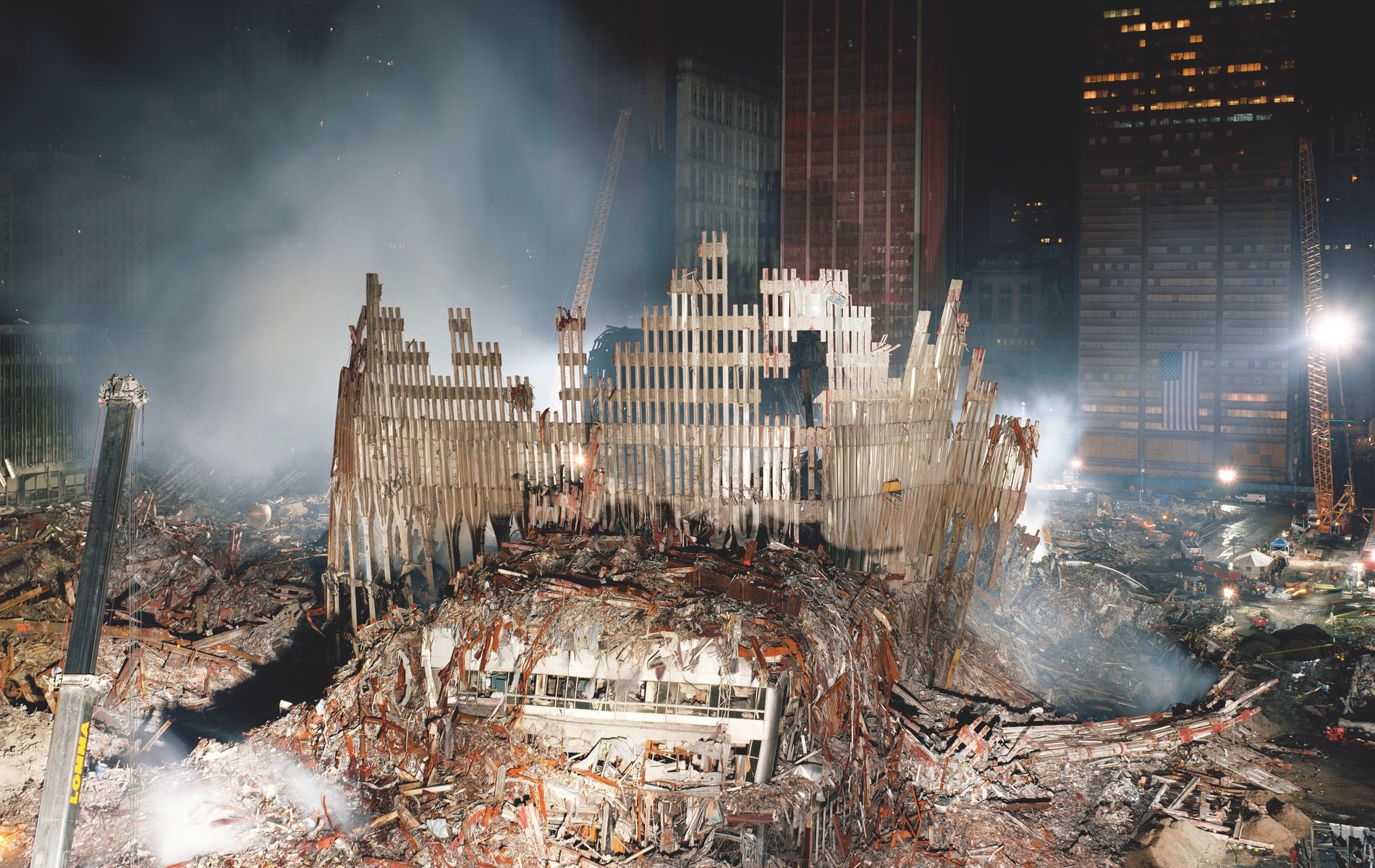
vie-magazine-joel-meyerowitz-photography-hero-min
The base of the North Tower, looking east toward the Woolworth Building from Ground Zero in New York City, 2001 © Joel Meyerowitz
Finding Joel Meyerowitz
A Snapshot of His Soul
By Anthea Gerrie | Photography by Joel Meyerowitz
For a New York street photographer who spent most of a fraught year capturing the horrors of Ground Zero, happiness now means the serenity and simplicity of life in the Tuscan landscape.
“I find myself less interested in going out on the street now because, frankly, I’ve worked on it for fifty years,” says Joel Meyerowitz, whose apocalyptic images of the detritus of 9/11 have been shown in 150 exhibitions around the world.
Speaking in the peace of his home in the countryside near Siena, he recalls it was a brief escape to Italy that saved his sanity during the most grueling assignment of his career, and it led to a profound appreciation of life in the slow lane.
“I had been going to Tuscany for about six years prior to 9/11—my wife, Maggie Barrett, and I founded a workshop here for writing and photography,” he explains. “In 2001, we were commissioned to do a book on Tuscany. It was put aside by the events of 9/11, but we did go back for a brief period in January of 2002, and it was such an antidote to the pain and chaos and noise of Ground Zero.
- Smoke rising in sunlight at the wreckage of Ground Zero, New York City, 2001 © Joel Meyerowitz
- New York City street view of the Empire State Building and model, 1978 © Joel Meyerowitz
- Darrell, Provincetown, Massachusetts, 1983 © Joel Meyerowitz
- Florida, 1978 © Joel Meyerowitz
- Tuscany, Italy, 2002 © Joel Meyerowitz
“What we found was a real earthy, nourishing quality to life, even though the rest of the world was being challenged by terrorism. Here in Tuscany, they were still doing the same things they had done for two thousand years—tending the fields, managing their livestock, growing vegetables. It gave us a sense of continuity, a feeling there is goodness in the world.”
It’s the same sense you get from the lyrical Technicolor landscapes Meyerowitz photographed fifty years ago when he first flirted with the slow life, but for which he is far less well-known than his gritty, world-famous black-and-white shots of the mean streets of Paris and New York. Now all have been brought together in an exquisite art book the photographer has written about his life and career, Where I Find Myself.
It was in Europe that the eighty-year-old who grew up in the East Bronx first sprang out of the monochrome which for “serious” photographers was once de rigueur. He was seduced by the vision of elegant women laughing beside the Paris subway in their ice-cream-colored frocks, the red awnings of a sidewalk cafe, and the play of a green plant against its terra-cotta pot in Malaga where he and his first wife lived with gypsies for six months. He made these images in 1967, five years after breaking free from his advertising career and deciding to get out on the street to capture moments that compelled him.
- New York City streets, 1975 © Joel Meyerowitz
- Maggie and Joel, Provincetown, Massachusetts, 1990 © Joel Meyerowitz
As he moved toward recording America and Europe in full spectrum, Meyerowitz became a pioneer of color printing in his darkroom and teaching others. It was Cape Cod in particular that taught him to speak the slower, more meditative language of the view-camera he adopted when he brought his family there in the summer of 1977.
“I learned that I had another photographic personality, one that was more contemplative—the jazzman making riffs on the street yielded to a slower, more classical way of seeing,” he says of his Massachusetts coastal landscapes. He went on to document Florida’s pools and palms, New York luncheonettes, and other facets of American life that demand to be seen in the glorious color that is an intrinsic component of their DNA.
But the Cape was never far away; he met Maggie, his second wife, on a return trip there in 1990 while cycling through familiar territory and reflecting on his life: “Long marriage over, kids grown, feeling good, and making new work I was interested in.”
He went on to document Florida’s pools and palms, New York luncheonettes, and other facets of American life that demand to be seen in the glorious color that is an intrinsic component of their DNA.
The light was beautiful, he recalls, when the elfin writer appeared like a vision in his sightline, rather than his viewfinder. “On the other side of the road, heading out into the sunset, was a slender backlit figure with close-cropped short blond hair ringed with light like a glowing dandelion,” says the artist, whose prose is as poetic as his photography. That evening, he saw her again, jumped off his bike, and walked her to her rented cabin, where they shared their life stories for almost two hours. “We have continued that conversation across the intervening twenty-seven years. It has sustained us and become our life story.”
Four years ago, after dipping in and out of this most beautiful of Italian regions several times a year, the couple made Tuscany their permanent home. “We come back to New York once a year to see our children, or they come here, and we’re both flourishing,” Meyerowitz says with a smile.
“On the other side of the road, heading out into the sunset, was a slender backlit figure with close-cropped short blond hair ringed with light like a glowing dandelion,” says the artist, whose prose is as poetic as his photography.
Since Italy a became a permanent refuge, Meyerowitz has taken great pleasure in giving himself the time to observe the beauty of the slow life. So slow, in fact, that he’s currently capturing objects which don’t move at all. “I am more content to sit and handle inanimate objects,” he says of the moving still lifes of rusty cans and other ephemera he comes across on the farm. He thanks the intense heat of his new home for giving him the chance to discover this unexpected new source material.
“In a blistering summer when you could not go outside in the middle of the day, we were in this wonderful cool farmhouse where I had a studio with a skylight in the roof,” he explains. “I started pushing objects around to see if their quality, their spirit, could be drawn out of them—they are things of interest rather than objects of beauty.” It’s a preoccupation that comes with age, he thinks. “Maybe there’s a reason older artists often make paintings about the seasons or skulls; history has shown us all things come to an end. However ripe and juicy they are, they all desiccate, dry up, and blow away.”
Meyerowitz doesn’t miss the street; he wants to make clear: “I’ve trusted my instincts, which are to be awakened from within. It may be said that I’m taking a last long look; soaking up the beauty of everyday nature, the change of the seasons, my relationship to these objects, and ways of making them dance for me.”
— V —
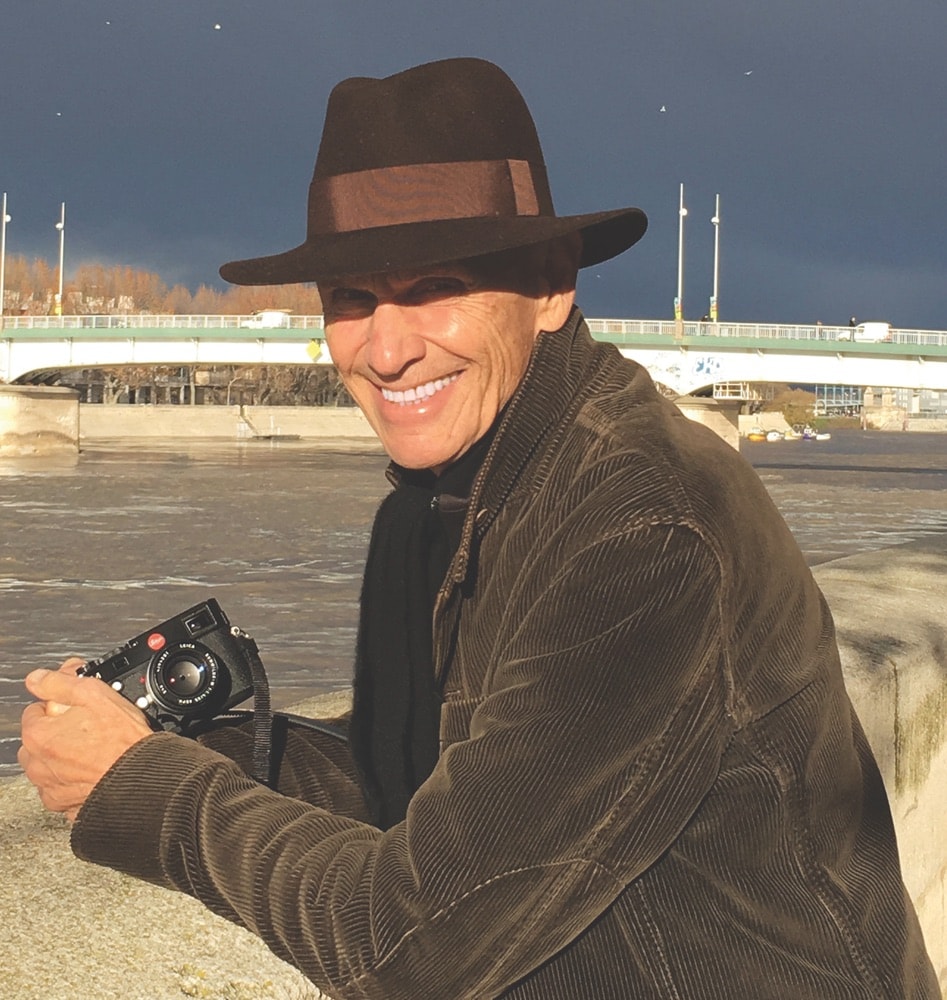
Joel Meyerowitz
Joel Meyerowitz: Where I Find Myself is published by Laurence King. Visit LaurenceKing.com to learn more or purchase a copy, or visit JoelMeyerowitz.com to see more of his work.
Anthea Gerrie is based in the UK but travels the world in search of stories. Her special interests are architecture and design, culture, food, and drink, as well as the best places to visit in the world’s great playgrounds. She is a regular contributor to the Daily Mail, the Independent, and Blueprint.
Share This Story!
KEEP UP WITH THE LATEST STORIES FROM VIE



